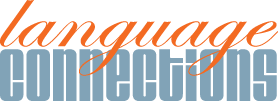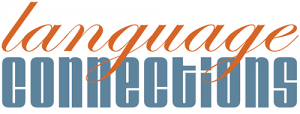Navigating eLearning translation challenges in the healthcare industry is not an easy task without a professional elearning translation services provider. The health profession demands the utmost clarity and accuracy, especially in multilingual learning environments. Physicians rely on elearning for recertification and learning new procedures, where precision is critical. However, elearning translation challenges in healthcare are complex, involving regulatory, linguistic, and technical hurdles. This article presents five practical solutions to the most common challenges in healthcare training localization.
Address Terminology Accuracy in eLearning Translation Challenges
One of the biggest elearning translation challenges in healthcare is managing precise medical terminology. Generic translators may misinterpret terms like “myocardial infarction” or “contraindication,” resulting in training failures or compliance risks.
Prevent this by partnering with expert elearning translation services that involve subject matter experts who understand medical terminology and training formats. These experts ensure terminology remains consistent and accurate across all course modules.
Develop a Consistent eLearning Localization Strategy
Consistency in translated training materials is essential for learner comprehension and trust. A fragmented approach leads to mismatched terminology, cultural confusion, and formatting errors. A unified elearning localization strategy—which includes standardized glossaries, tone of voice guidelines, and brand terminology—helps maintain coherence across languages. For example, when deploying infection control training across multiple countries, comprehensive elearning content localization ensures uniformity and clarity.
Bend Compliance Variations to Translation-Conscious Regulation
Another significant challenge is ensuring training content complies with regional regulations. For instance, a patient privacy course must reflect HIPAA in the U.S., GDPR in Europe, or PIPEDA in Canada. Incorporating localized legal vocabulary through a rigorous elearning localization process ensures training aligns with local laws and avoids irrelevant or inaccurate compliance information.
Utilize Multimedia with UI and Video Translation
Healthcare training often includes complex multimedia such as graphics, simulations, and videos. A common elearning translation challenge is localizing multimedia content without losing instructional integrity. For example, surgical procedure videos require synchronized voiceover or subtitles. A specialized video translation service guarantees these medical procedures are clearly communicated in the learner’s language. Likewise, UI localization of menus, buttons, and navigation ensures users can interact seamlessly with the course interface.
Test LMS Functionality to Avoid eLearning Translation Challenges
Technical issues frequently emerge after translation is complete. Some languages, like German, expand text length considerably, while others, such as Arabic, require right-to-left formatting. Without proper adaptation, formatting errors, broken navigation, or content loss can occur. Thorough cross-language quality assurance through LMS translation testing ensures SCORM or xAPI packages function flawlessly across all devices and languages.
Conclusion
Elearning translation challenges in healthcare cannot be addressed with generic solutions. They require domain expertise, regulatory compliance, and a comprehensive elearning localization process. From accurate terminology to multimedia adaptation, effective strategies empower organizations to deliver secure, scalable, and compliant training globally. By investing in specialized education translation services, a unified localization strategy, and expert video translation service support, healthcare organizations can stay compliant, informed, and prepared for worldwide success.
Language Connections Inc.
22 Goddard Circle
Brookline, MA 02445
Phone: +1-617-731-3510
Email: service@languageconnections.com


